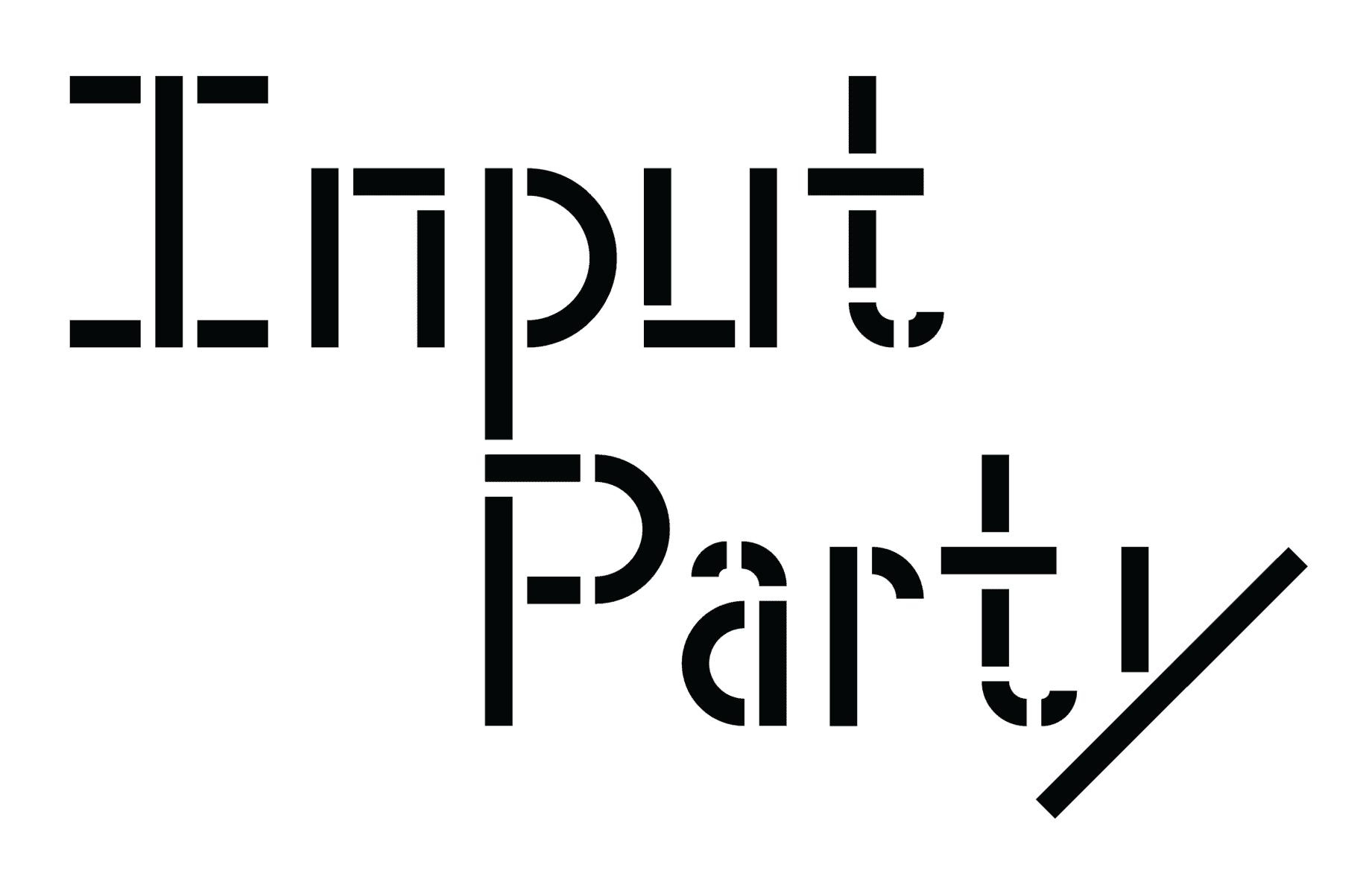It shall have been a little over a decade ago since a befriended photographer pointed me to the online catalog of the Library of Congress in Washington D.C. (loc.gov). I then could barely fathom the importance of digital globalization, network cultures, and the accessibility of gargantuan amounts of image material, to be had at the ease of a mouse click.
Meanwhile, I fully recognize the incredible speed with which digital developments have happened in recent years. The Library of Congress started loc.gov in 1994 with the goal of digitizing its collections for online accessibility (with the aim of eventually arriving at an online collection of 15 million items). At the time I worked for the nederlands fotoarchief (nfa)—which later became the collection department of the Nederlands Fotomuseum (NFM) in Rotterdam—to catalog and describe their archives of negatives. I described each negative using four tags, for which a certain art historical schooling was indispensable. When the nfa started digitizing the archives of the likes of Ed van der Elsken and Cas Oorthuys (initially using a video camera!) the expenses for this type of heritage conservation were inadequately estimated. Expenses skyrocketed while governments only reluctantly subsidized endeavors such as ours. And so I was kicked out and replaced by students in need of a side job.
The urge for experiencing a heart-felt ‘magic’ brought me to Italy in 1986. I wanted to see with my own eyes the panel painting, in the Convent of San Marco in Florence, showing the stake at which Savonarola was burned. I imagined how Luca della Robbia must have been glazing the azure-blue medallions (Volta della cappella del Cardinale del Portogallo, San Miniato al Monte). I placed myself in their shoes and became a witness to the aforementioned stake at the Piazza della Signoria on an ordinary May day in 1498. Like traveling in a time machine, I tried to inhale the ‘historical sensation’ during the 24 hours I was given and, most of all, to look beyond the obvious landmarks.
Back in the headquarters in Amsterdam I similarly got into the grip of the lure of the historicizing reliving of past occurrences. For instance, I wish to spend time on the roundabout near the RAI convention center, so to be catapulted back to Jacques Tati’s Traffic (1971). I always like to cross the Raadhuisstraat in 1973 (Paul Verhoeven’s Turks Fruit, of which the bicycle scene leaves me cold, but I’m always turned on by the everyday streetscape). Last but not least, on the Nieuwendijk I want to inhale a hundred times the magic atmosphere surrounding the transverse flute player while Ed van der Elsken is filming him in 1983.
I learned about Johan Huizinga’s concept of the ‘historical sensation’ while studying art history at Leiden University. Quickly, I wounded up with the ‘aura’ of photography (Benjamin), which I sensed in the photographs by the likes of Charles Marville, Walker Evans and Alexander Rodchenko, but also in the work of contemporaries such as Wijnanda Deroo, Paul Bogaers and Paul den Hollander. This became all the more precious since I started running Fotomania, one of only a handful of (not-for-profit) photography galleries in the Netherlands, where I could live out my fascination for fragments of time and history as they have been captured in photographs.
In many a photograph offered by loc.gov this historicizing tendency is conjured up but there has been a substantial shift in my approach to photographs as relics of time, from sensing the historical sensation (<1839) and/or the aura of photography (>1839) to navigating more and more inside the photographs. Each image latently comprises an accumulation of sub-scenes, proportionate to the intensity of one’s focus. When in 1999 I had invited Hans-Peter Feldmann (known for Voyeur and, more importantly, for OHIO) and Julian Germain (known for Steelworks and Soccer Wonderland), and one or two years later Larry Sultan (Pictures from Home; Evidence; LA Suburbs) and Mark Klett (Second View and thirdview.org), to speak in Rotterdam, each of them spoke with affection about everything happening in the image’s peripheral fields and about the unforeseen qualities one often finds in snapshots. They also demonstrated how one could see images from completely different angles. As such, they proved to be “eye-openers” of the highest order.
Flip Bool (who at the time directed the nfa) and I had found each other in our love for artists who, in one way or another, made use of (found) footage in their work. Bool enabled me to curate the decade-long, comprehensive program The Past in the Present and was always indirectly involved as mentor. After having arrived at a point of saturation with pre-existing images my attention shifted toward visual arts-oriented photographic applications and concepts. Artists like Gert Jan Kocken, Hannes Walraven, David Claerbout, Alfredo Jaar, Lewis Baltz, Arnoud Holleman and Loodwicks Press Images dealt with historical tipping points and alternative disentanglements of history, often imagined as alternative history, fiction, and the ‘speculative’. The common denominator of these rich minds is that their photo projects were marked by ambiguity, disruption and controversy and an attitude that in recent years has been fashioned ‘artistic research’.
